

Far Cry 2 has a major issue that will be a deal-breaker for many players: its open-world formula quickly gets tiresome – boring, even. The game map is huge but empty, every single mission consists in going somewhere to kill some guys, and way too much time is spent inside vehicles. You often need to take the same roads and the enemy camps along them get repopulated constantly, forcing you to relive the same fights over and over again. It takes about twenty hours to beat this game, but only one or two to see most of what it has to offer! Yet, despite its faults, I kept coming back to FC2. Gameplay-wise, there frankly isn’t much that it doesn’t get right: the vehicles are fun to drive and the gunplay is more than serviceable. The enemies are bullet-spongy, but the weapons are many and varied, allowing you to assault settlements in multiple ways depending on your loadout. You can snipe from afar, sneak in with a suppressed pistol, rush in with a machine gun… Or throw explosives in and let fire do the job. I experimented with new guns all throughout the campaign and enjoyed almost all of them. What’s more, FC2 does a remarkable job when it comes to immersion, thanks to its wide open spaces, top-notch visuals (although as was the fashion in 2008, they overuse gray/brown colors), minimalist user interface, and good implementation of unbroken first-person perspective. And if you can accept the slow pacing of the game, it actually ends up making it all the more real and credible. The plot is basic and lacks memorable characters... but it’s suitably bleak, has its moments, and is overall good enough for a game with such a focus on combat and exploration. In the end, FC2 is a product of its time, and I would probably not recommend it over its more modern counterparts... but there is definitely something in it that sets it apart from other shooters. It’s worth a shot if you want to feel like a hired gun rampaging his way through lush and gorgeous African environments.
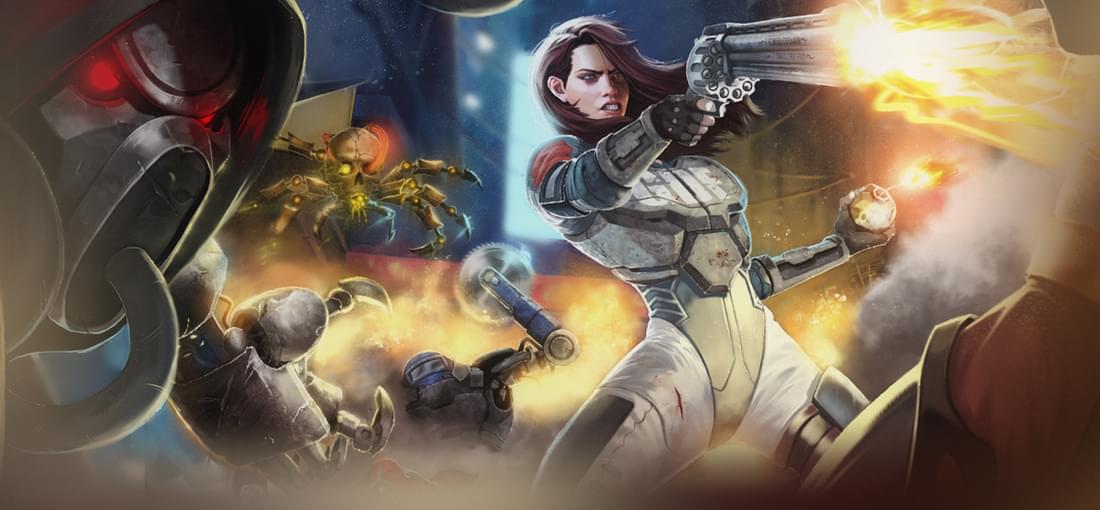
Ion Fury is a treat for fans of boomer shooters. Pushing the Build Engine to its limits, it reproduces the feel of an old FPS more faithfully than other throwback games such as Dusk or Amid Evil, and looks and plays (almost) straight out of the nineties. Nostalgia aside, the game is very solid in itself. The high movement speed and the punchy weapons, including one my favorite grenade launchers in video game history, make for hectic gunfights where you’ll turn dozens of enemies into mush. While the gunplay is tons of fun, the real kicker is the level design: each area is wide, intricate, and exciting to fight in and to explore – notably thanks to the many secrets to hunt (perhaps a bit too many)! The atmosphere is quite fantastic: it essentially looks like a high-budget, cyberpunk version of Duke Nukem 3D. Although they could be more varied, the environments are as pretty and realistic as 27 years-old graphic technology will allow, with a great use of bright colors. The obligatory referential jokes and schoolboy humor can sometimes get a bit eye-rolling, but have their charm. The soundtrack isn’t bad either! Yet, Ion Fury makes a few mistakes along the way. The enemies hit hard but are brain-dead: one minute, your health gets depleted by grenadiers hidden in the distance, while the next you easily gun down some idiot stuck behind a wall. More aggravating is that the game drags for a few hours too long, or perhaps does not renew itself enough: there aren’t that many guns to play with or enemy types to dispatch, and pretty much all of them are introduced early on, so in its second half Ion Fury gets repetitive and unchallenging – at least in contrast to earlier levels, which I think are more varied and difficult. Overall, Ion Fury may not be as much a banger as I remember, but it’s still a fantastic action game: it’s old-school, crafted with love, and such a blast to play that it made us forget the existence of its predecessor, Bombshell. I can only recommend it.
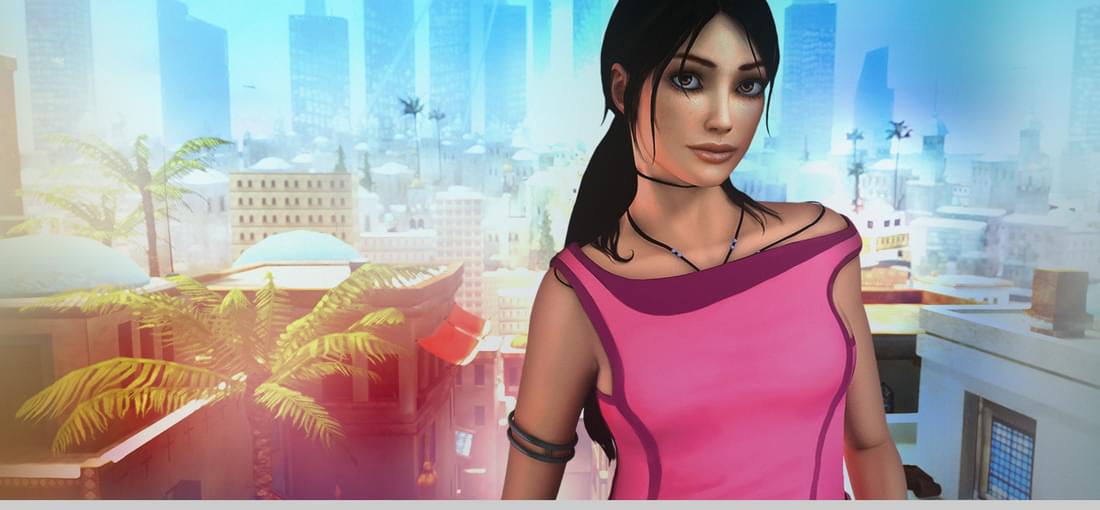
While Dreamfall is well-written, its numerous issues make it hard to recommend. The story takes interesting and touching turns, and even if it’s a sequel to a game I’ve never played, it works well on its own. The characters are compelling and I enjoyed the time spent with each of them. The worldbuilding is cool and detailed, and it’s an interesting universe to explore overall. The graphics are kind of basic for 2006, but I guess they’re fine and have some very inspiring designs and art direction which really contributes to the mood (the Dark People’s Library, for instance, looks fantastic). The soundtrack is also solid. Alas, the good aspects of the game are consistently let down by disappointing execution. With its strong writing and atmosphere, Dreamfall would have been good enough as a walking simulator with a few puzzles thrown in: instead, it tries its hands at multiple gameplay styles… none of which are well implemented. The combat is comically sloppy, the stealth is boring, the minigames are simplistic, the multiple dialog choices don’t seem to affect anything... And what the hell was that musical puzzle in the cave?! Even the solid storytelling suffers from the low production values. The characters have good dialogues and personalities, yes, but their stilted animations and sub-par voice acting (for some of them at least) make them feel quite lifeless. The story ends on a cliffhanger that leaves too many questions unanswered, made worse by the fact that the sequel ended up released 8 YEARS AFTER IT! Games should not end right in the middle like this... There’s an uncanny feel to Dreamfall, as if it had a really good story to tell but was unsure how to build a video game around it. It is a budget title, an awkward game to play, and it is way too pricey for what it is. Yet, there are things to enjoy in the journey it offers: I can’t recommend it to anyone, but if you like narrative-driven games set in interesting worlds, it might have something for you.
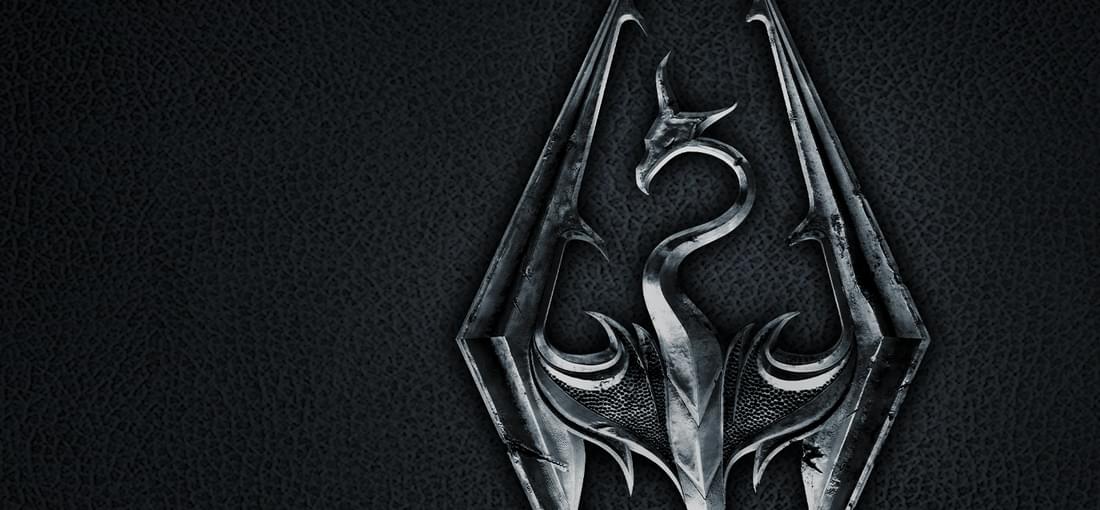
I’m late to the party, but having now played through almost all of Skyrim, I get the hype. It’s an imperfect title… Yet one of the most satisfying gaming experiences I’ve had. Let’s start with its most unfortunate and obvious flaw: the omnipresence of Bethesda-flavored bugs - some minor, others game-breaking, all of them annoying. Despite how many times Skyrim has been re-released, most of these have existed, unfixed, since 2011. At least this version rarely crashes, but installing the unofficial patch is a no-brainer... and even that only solves some of the glitches you’ll be encountering constantly. If you can get past that though, Skyrim is quite fantastic. It is wish fulfillment at its finest, allowing you to incarnate the fantasy hero you’ve always wanted to be. Your character is very customizable, from their facial features to their apparel and skillset, and the feeling of progression is really satisfying. As you level up, you’ll go from a weak nobody to an unbeatable legend. TES V’s world is fascinating to explore. It is full of gorgeous locations, and each place you set foot in has something new for you, whether it is treasures or the beginning of a strange quest. Even the dungeons often include unexpected design elements that help stave off repetitiveness. It’s a densely packed and exciting experience where you never know what’s around the corner. Skyrim has been criticized for being dumbed-down and lackluster, and I can see why: there are simply other RPGs out there with deeper gameplay and better writing. However, few of them nail this sense of absolute freedom, this feeling that you are building your hero’s destiny and shaping the world around them. I think it’s a fantastic adventure, choke-full of content, immersive, better than the sum of its parts... and a great Elder Scrolls game (I prefer Morrowind, but consider it a bit better than Oblivion). I would recommend Skyrim to pretty much anyone, as long as they have dozens of hours to sink into it!
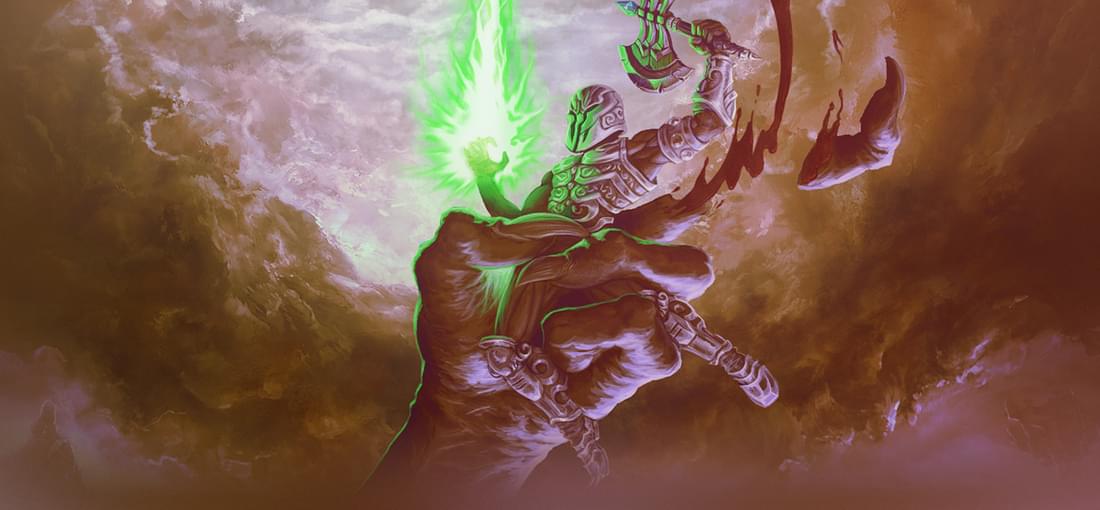
Borrowing heavily from fantasy shooters like Hexen/Heretic, Amid Evil is a fairly basic and yet well-crafted FPS game. It is extremely straightforward and takes no risk with the boomer shooter formula: you run at ludicrous speeds, look for keys and switches, and blast enemies in the face with weapons that you never need to reload. It’s simple fun: the movement feels good, you don’t get lost, and the projectile-based combat is exciting. However, several levels force you to fight and dodge enemies while navigating on tight beams and small platforms, which can be frustrating. To me, the high point of Amid Evil is its aesthetics. The environments consist of ancient castles and eldritch ruins, all of which have unique architectures, fantastic atmosphere, and are so expertly designed and gorgeous that it’s easy to forget that you’re looking at low-res, low-poly graphics. The visuals are different from what you’ve seen before in FPS games: it’s highly stylized and colorful, almost abstract and psychedelic, and very nice to look at. Overall, the game goes to great lengths to keep you engaged up until the end. Each of its seven episodes has its own monster roster, visual themes, and level design philosophy: you get constantly introduced to new brutal enemies to fight and gorgeous levels to explore, and never know what the game has in store for you next! In the end, the worst thing I have to say about Amid Evil is that from a gameplay standpoint, it’s good at everything it tries to achieve but does not really excel at any of it either. The mechanics could be deeper, the weapons could feel more satisfying, the level design could be more interesting… It’s all very competent but you’ve seen it all done better elsewhere. You’ll have a lot of fun, but probably not a blast. Still, Amid Evil is solid and unique. It’s not my favorite retro-inspired shooter, but it has more than enough style and satisfying combat to keep you hooked for a few hours and remain memorable after that.
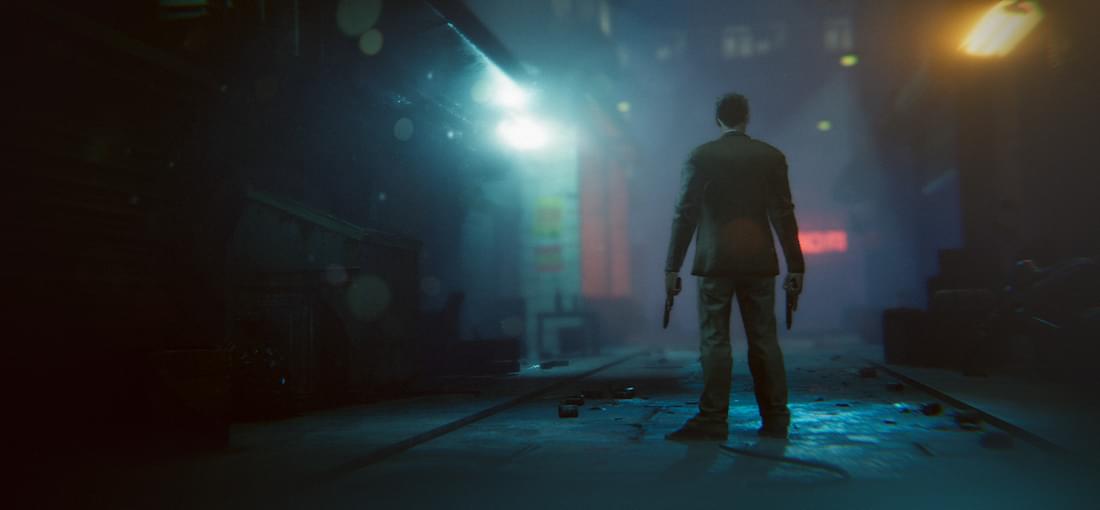
A top-down shooter inspired in equal measure by Hotline Miami and John Woo movies, The Hong Kong Massacre is everything it promises: it’s a fun and brutal slow-mo-infused rampage where you clear room after room of goons, jumping around like a madman, leaving a trail of blood and broken glass behind you. It’s stylish and badass, challenging but not too frustrating. The visuals are good: the environments are detailed and fairly varied (at least considering the urban theme), and the effects in combat are gorgeous and very satisfying to look at – who doesn’t love to see objects explode in smoke and sparks fly everywhere each time a bullet is fired? The story is alas neither interesting nor well-told (plus the texts are full of typos), but it doesn’t matter all that much. The major issue with THKM is that it’s... bare-boned. Don’t get me wrong, this simplicity is a good thing overall: it’s totally fine for an action game to have a minimalist control scheme and visceral combat rather than complex mechanics, but simple gameplay still needs some diversity and depth, and I don’t think the game does a great job at it. The combat quickly gets repetitive. Besides the slow-mo mode and the possibility to dive-roll, there isn’t much to play and experiment with: there are only 4 guns with basic upgrades options (the basic pistols arguably trump them all), and few enemy types that all behave the same. The game wrongly assumes this will be enough to entertain you for its whole duration, and as such elects to dispense itself of melee options, explosive weapons, or alt-fires for your guns. THKM mostly fails to renew itself, and struggles to keep you invested. Still, while THKM could have been better, it’s a very competent and satisfying romp. If you love Max Payne, Stranglehold, F.E.A.R., My Friend Pedro and want to see them mixed up with Hotline Miami, I see no real reason not to recommend it to you. I may replay from time to time, and look forward to the developers’ next project!
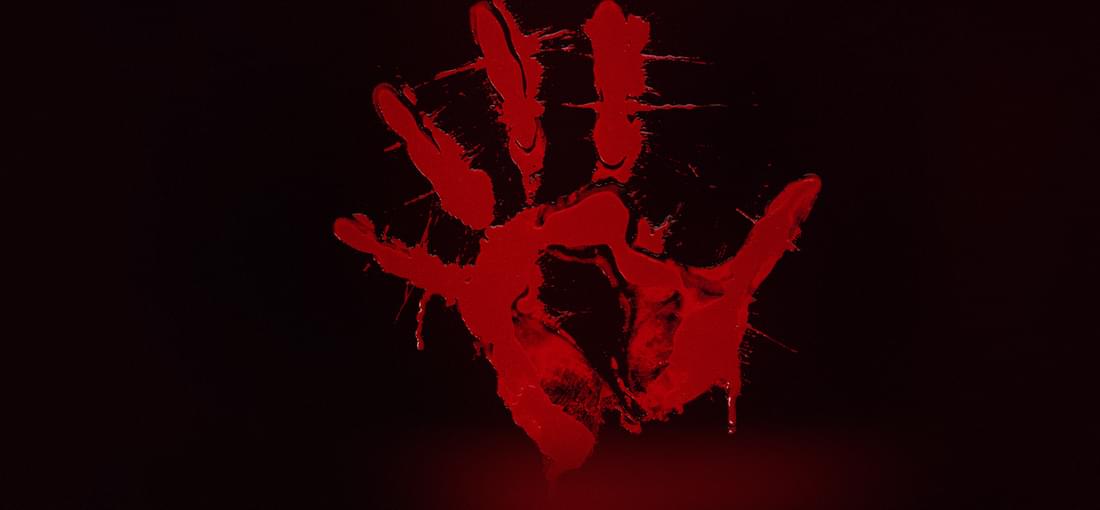
Blood is seriously one of the most stylish and unique games of its era, and one that absolutely deserves its status as a cult classic. It is to horror movies what Duke Nukem is to action flicks. Pitting you against armies of zombies and gargoyles, Blood is fueled by pop culture references but still manages to feel like its own thing thanks to its beautiful soundtrack, creepy aesthetic, and sense of dark humor. The excellent level design also helps: great care has been put into the environments so that each place you visit looks different from the last and feels lived-in. The gory, unsettling atmosphere is complemented by great action and satisfying gunplay… Although to be honest, not everyone will like it. Blood has its share of annoying enemies (those damn spiders) and is hard even on low difficulty modes: gun-toting cultists hide behind every corner and can deplete your health in an instant, so do not hesitate to indulge in shameless save-scumming! The gameplay is an “acquired taste” and definitely becomes a lot more enjoyable as you progress. The combat of the game indeed has a rhythm to itself, and once you get the gist of it you’ll have a great time with the numerous weapons put at your disposal. Yup, Blood fully lives up to its name, and somehow got away with amounts of sadistic violence most modern games won’t approach: the devs were VERY creative with the weapon roster, and you will constantly dismember, explode, burn, melt, electrocute and send flying your opponents in what remains one of the most satisfying display of nineties brutality! As for this remaster: I think it’s a bit rough since it has glitches and bugs on occasion and lacks some features, such as texture filtering… but it’s good enough, and I’m glad it exists to introduce Blood to new players. The original game is included as a bonus download anyway, so I would recommend the BloodGDX sourceport over this version. Whatever you choose, Blood is a classic that deserves your time and attention!
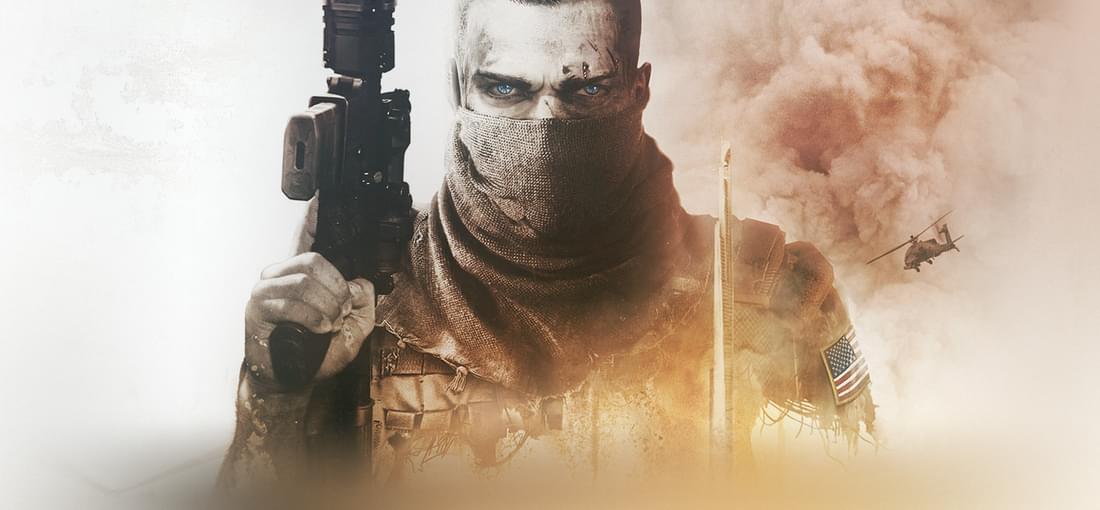
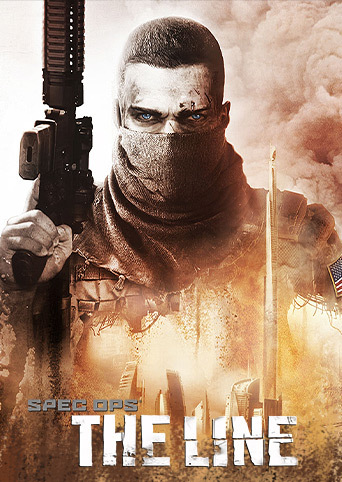
While Spec Ops: the Line is in some regards a hard game to play through, I’d still argue most gamers should experience it... especially fans of military shooters. The gameplay is... serviceable. It’s what you’d expect from an early-2010s shooter. Emphasis is put on cover mechanics and your health regenerates over time, which discourages you from staying mobile: the combat is fairly basic, overall not all that compelling, and even clunky on occasion... but it gets the job done. The guns are satisfying to use, and there are a few clever game design choices - like the scarcity of ammo that encourages you to make each shot count and to switch weapons regularly. All in all, SO:TL lacks polish, but most of its gunfights are fun. Of course, this is not really a game you play for the combat: its main appeal is its story and its unique take on military-themed gaming. Taking cues from a certain work of literature (and its 1979 movie adaptation), SO:TL starts off as a Call of Duty copy, but becomes something very, VERY different in its second half, playing heavily with your expectations of what a shooter should be and turning them on their head – a shame that by now, its deconstructive nature is so widely known! The game is very unsubtle in its messaging and could even be decried as being preachy, but you can’t deny it really drives its point across, without any compromise. What seals the deal for me is the creativity and sense of detail put into the production values. Taking place in a sand-engulfed Dubai and making use of a vibrant color palette, SO:TL takes extra steps to ensure that its environments are as believable as they are visually striking and surreal. So while SO:TL may not be a masterpiece, it tries something so unique that it deserves to be given a shot. In 2012, what this game tried to achieve was something the shooter-saturated market really needed, and 10 years later much of what makes it such a powerful and memorable gaming experience is still there.
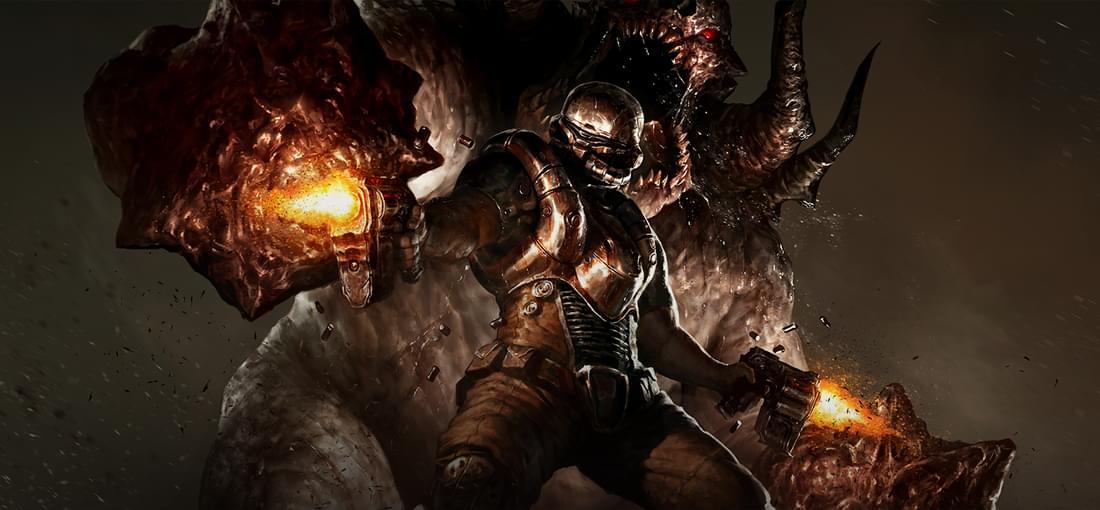
Doom 3 is a controversial game, and understandably so. Instead of letting you play as the traditionally overpowered Doomguy, it’s a survival horror reboot with a very different pacing than the rest of the series. No more wide combat arenas filled with demons here: most of the fighting takes place in dark narrow corridors against enemies that have a tendency to appear behind you and/or jump at your face, with guns that, shockingly for the franchise, actually require to be reloaded! The thing is, you have to accept Doom 3 for what it is. It’s unlike what Doom was before, and it’s unlike what it has been since then… but it’s still a valid interpretation of the series, and one that arguably corresponds to the original vision the devs had for Doom '93: it’s just as much a game about fighting hellspawns and surviving hostile environments, it's simply a bit less flashy. On its own merits, it’s pretty damn solid. The combat is good: it constantly keeps you on edge, demanding you to be aware of your surroundings to avoid bad surprises, and to keep your aim steady even in desperate situations. The graphics are impressive for the time, with a great use of the lighting technology and awesome art direction. Those dark facilities are as sinister to explore now as they were 19 years ago, and the way Hell and its demons are designed is perhaps the most creative in the series! This 2012 re-release of Doom 3 seems... fine. You’ll need to crank up the FOV, but unlike the original it lets you use a gun AND a flashlight at the same time, and it’s overall more action-packed. It comes with a fun new expansion, as well as the two original Doom games with a new addon – even if the classic games are poorly emulated (protip: get the .wads files from the game folders and load them with a free sourceport like GZDoom ;) ). Still, it would be cool to include the 2004 version as a bonus download, as the BFG Edition won’t run well on every computer and is overall pretty divisive among fans.
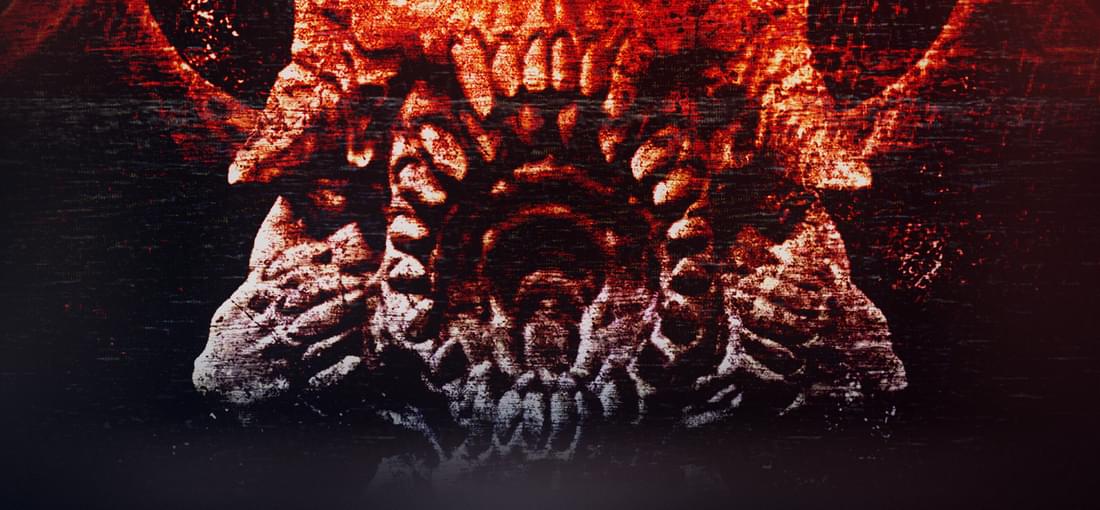
Damn, this game is good. In fact, it may be one of the best throwback shooters we’ve had in the last few years. Well, to be more specific: Prodeus is not as much a shooting game as a house painter simulator, as you’ll maniacally color the walls and floors red by blasting guts all over the place. It more than gives you the means to do so with its whopping roster of 14 weapons with creative designs, satisfying effects, and alternate fire modes that even let them remain useful throughout the campaign. Apart from the crazy variety of guns, the gameplay is straightforward and largely deprived of superficial gimmicks: the most modern additions are a double-jump and dash, which are very much optional. Most of the time, you’re just running around like a madman, dodging projectiles, wasting bad guys and having a blast. Most of the complexity comes from the game’s level design: the levels are fairly elaborate, yet so expertly crafted that you never get lost, and the path to take is always clear. Each enemy type is typically well-used, making every fight a ton of gore-filled fun. Still, Prodeus has shortcomings. Stylistically, it’s… every Doom game at once. Its visuals and themes heavily borrow from Id Software’s demon-blasting saga, which I found disappointing, as everything looks a bit too familiar and generic… The graphics are cool and impressive, but I wish they would have been used in a more visually creative game. Otherwise, you simply respawn at full health after dying, which feels insulting, as screwing up has basically no consequences. Prodeus also starts to get old in its last third, as the lack of new enemies (aside from recycled blue variants) make it repetitive. By the end, I was really waiting for something novel to come shake things up, which did not happen: instead, the game ended unceremoniously after an arena level. So, while it could have been more memorable, Prodeus is great fun. I may often replay it, especially since it allows for community maps!